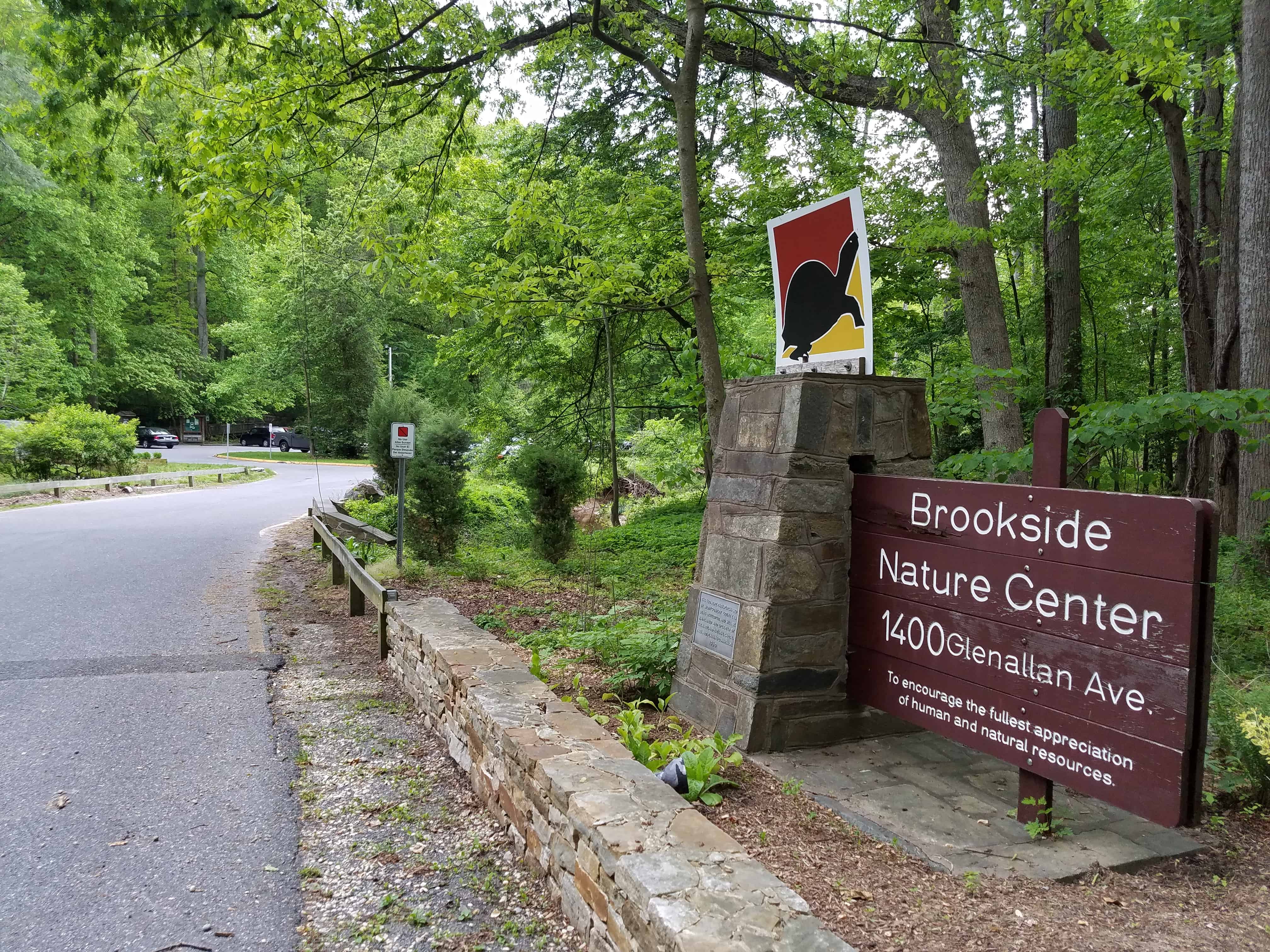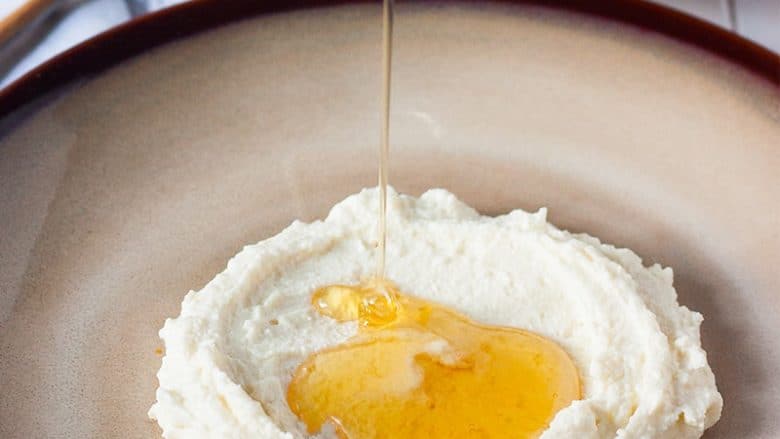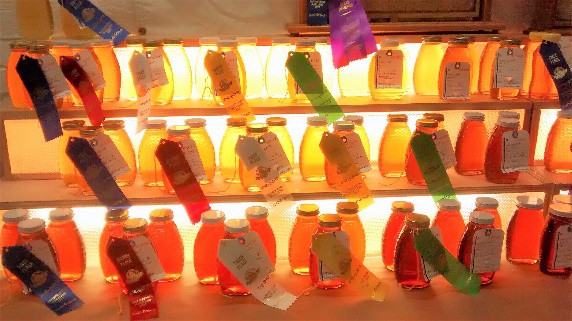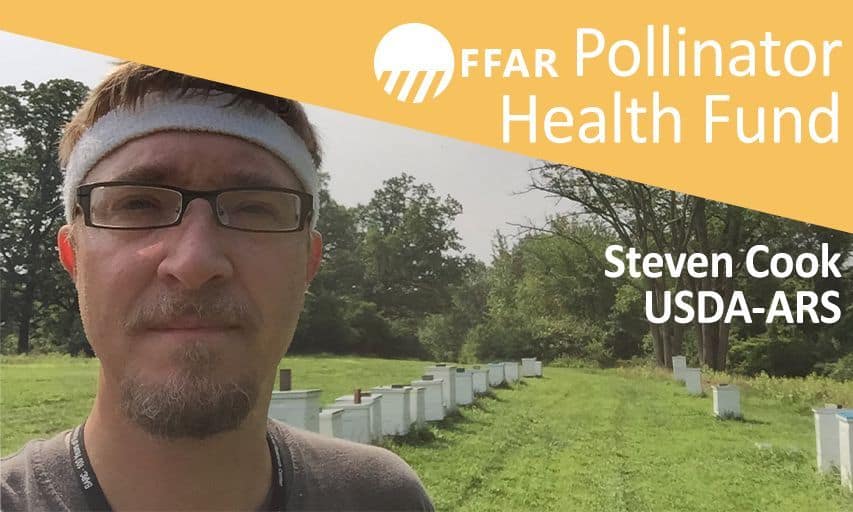Panicle Hydrangea
HONEY BEE POWER PLANTS By Marie Rojas Panicle Hydrangea, also called PeeGee Hydrangea – Latin: Hydrangea paniculata The panicle hydrangea is a vigorous, upright, deciduous large shrub. It is also sometimes grown as a single-trunked, small tree. It typically grows Read More …





